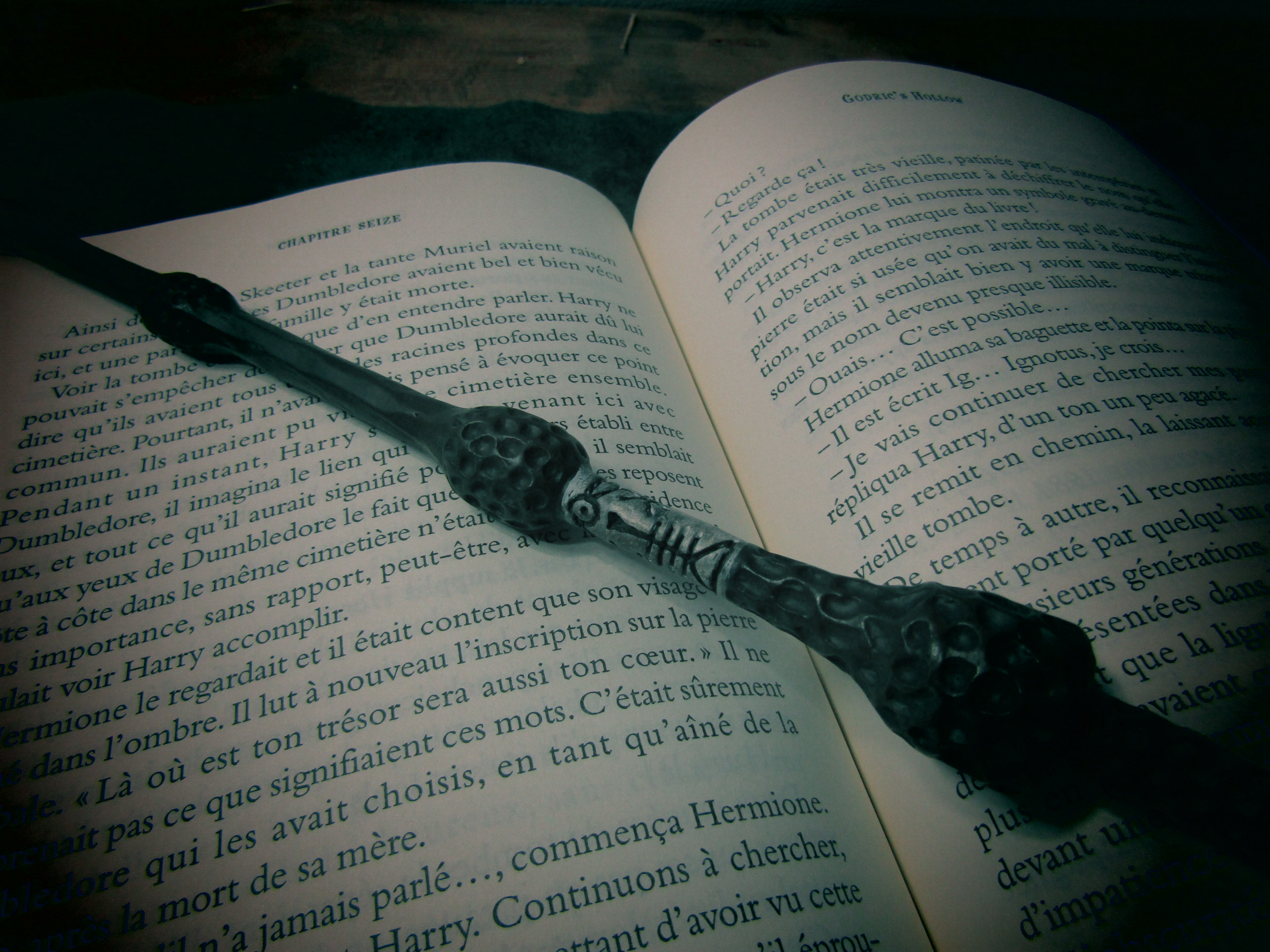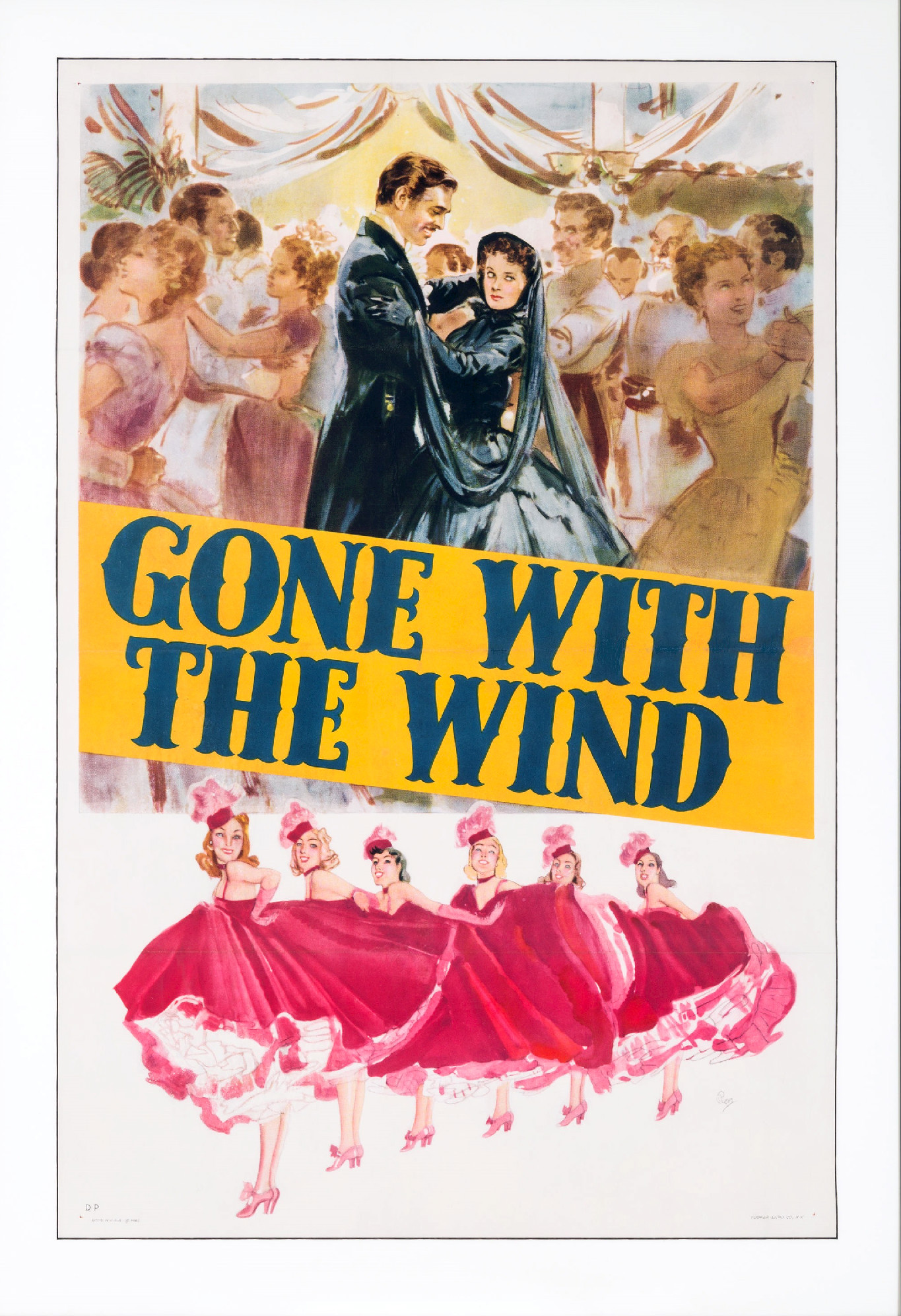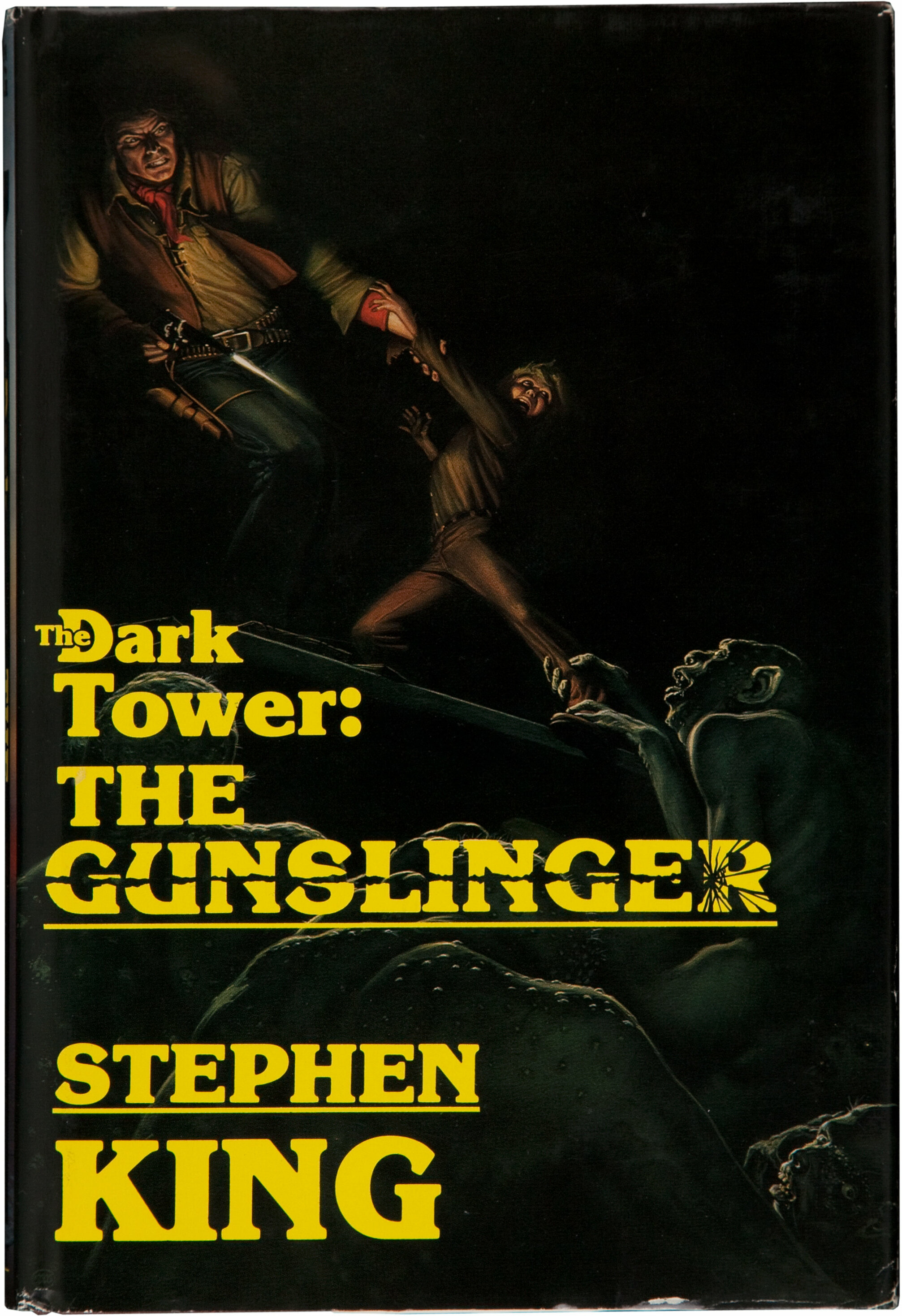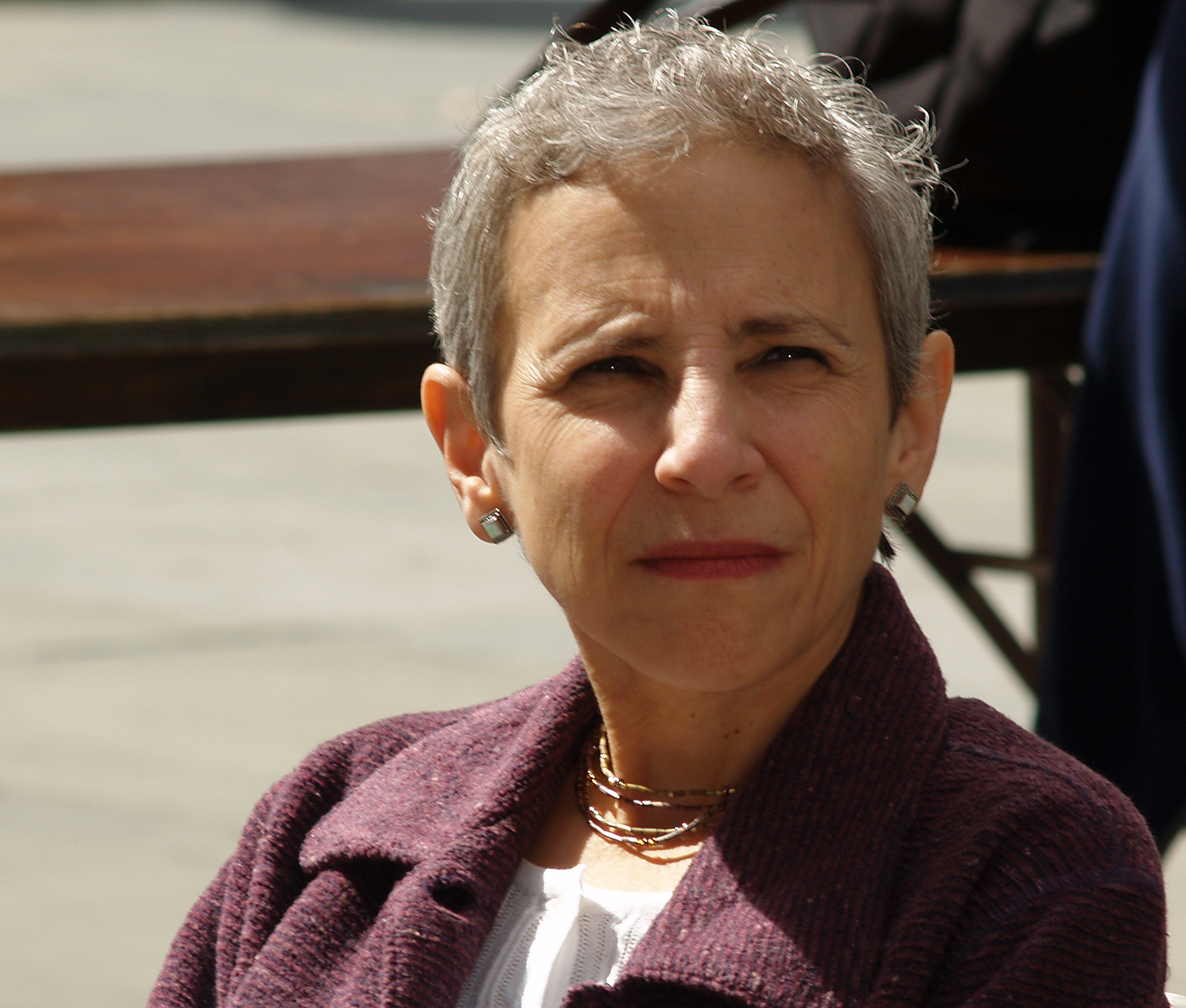- 18 Gourmet Street Foods Redefining Festival Eats - October 12, 2025
- The Only Packing Guide You’ll Need for Your First Festival - October 11, 2025
- Some of the Best South African Singers are… - October 10, 2025
1. The Lord of the Rings Trilogy (2001-2003)

The adaptation of J.R.R. Tolkien’s “The Lord of the Rings” into a film trilogy is a monumental achievement in cinematic history. Directed by Peter Jackson, these films are lauded for their breathtaking visuals and adherence to the spirit of the books. The trilogy not only created a visually stunning Middle-earth but also captured the emotional depth and epic scale of Tolkien’s work. The films received a total of 17 Academy Awards, including Best Picture for “The Return of the King,” showcasing their critical acclaim. The dedication to detail in costumes, sets, and special effects allowed audiences to fully immerse themselves in the fantasy world, making it a beloved adaptation for both fans and newcomers.
2. To Kill a Mockingbird (1962)

Harper Lee’s “To Kill a Mockingbird” was transformed into a film that remains a cornerstone of American cinema. Gregory Peck’s portrayal of Atticus Finch is often cited as one of the greatest performances in film history, earning him an Academy Award for Best Actor. The film captures the book’s exploration of justice, morality, and racial inequality, themes that resonate deeply with audiences. The screenplay, penned by Horton Foote, stays true to the novel, allowing viewers to experience its emotional depth. Its inclusion in the National Film Registry underscores its cultural significance, making it a timeless adaptation.
3. Harry Potter Series (2001-2011)

The “Harry Potter” film series brought J.K. Rowling’s magical world to life, captivating audiences worldwide. Spanning eight films, the series adeptly captures the themes of friendship, bravery, and the fight against evil. While the films couldn’t include every detail from the books, they succeeded in portraying the characters’ journeys authentically. With a global box office gross of over $7.7 billion, the series stands as one of the most successful in history. Its impact on popular culture is undeniable, with the films reigniting interest in the original novels and inspiring a new generation of readers.
4. Gone with the Wind (1939)

Margaret Mitchell’s “Gone with the Wind” was adapted into a film that remains a classic in American cinema. The movie’s epic narrative, set against the backdrop of the Civil War, explores themes of love and loss. Vivien Leigh and Clark Gable deliver iconic performances that have left a lasting impression on audiences. The film’s sweeping cinematography and grand scale earned it eight Academy Awards, including Best Picture. Its enduring popularity speaks to its success as an adaptation, capturing the essence of Mitchell’s novel and the historical context in which it is set.
5. The Shawshank Redemption (1994)

Stephen King’s novella “Rita Hayworth and Shawshank Redemption” was adapted into a film that is often hailed as one of the greatest of all time. Directed by Frank Darabont, the film tells a powerful story of hope and friendship within the walls of a prison. Tim Robbins and Morgan Freeman deliver compelling performances that elevate the narrative. The film’s seven Academy Award nominations and cult following underscore its impact. Its exploration of themes like resilience and redemption showcases the potential for adaptation to enhance the source material.
6. Pride and Prejudice (1995 BBC Miniseries)

The BBC’s adaptation of Jane Austen’s “Pride and Prejudice” is celebrated for its faithful representation of the novel. Colin Firth’s portrayal of Mr. Darcy is legendary, and the miniseries captures the book’s wit and social commentary. The attention to period detail and character development creates an immersive experience for viewers. This adaptation has garnered a devoted fanbase and continues to influence modern interpretations of Austen’s works. Its success lies in its ability to remain true to the source material while bringing Austen’s world to life.
7. The Godfather (1972)

Mario Puzo’s “The Godfather” was adapted into a film that is a masterclass in storytelling. Directed by Francis Ford Coppola, the film features a stellar cast, including Marlon Brando and Al Pacino, who deliver unforgettable performances. The film’s exploration of power, family, and morality has made it a cultural phenomenon. It earned three Academy Awards, including Best Picture, and its influence on cinema is profound. Many filmmakers cite it as a benchmark for narrative and character development in adaptations, solidifying its place as a cinematic masterpiece.
8. The Hunger Games (2012-2015)

Suzanne Collins’ “The Hunger Games” trilogy was successfully adapted into a film series that captured the tension and depth of the books. Jennifer Lawrence’s portrayal of Katniss Everdeen resonated with audiences, and the films addressed themes of survival, government control, and social inequality. The series grossed over $2.9 billion worldwide, making it a significant cultural event. Its ability to engage viewers while staying true to the source material has solidified its place among successful book-to-screen transitions.
9. It (2017)

Stephen King’s “It” was adapted into a film that received critical acclaim for its performances, particularly Bill Skarsgård’s chilling portrayal of Pennywise. The film effectively captured the novel’s themes of childhood fears and the power of friendship. While it only covers part of the book, its success led to a sequel that further explored King’s narrative. The film’s global box office gross of over $700 million makes it one of the highest-grossing horror films of all time, showcasing its impact as an adaptation.
10. The Perks of Being a Wallflower (2012)

Stephen Chbosky’s “The Perks of Being a Wallflower” stands out as the author himself directed the film adaptation. This ensured that the film remained true to the novel’s tone and themes, resonating with audiences. The film addresses issues of mental health, friendship, and the struggles of adolescence, making it relatable to many viewers. Its success at the box office and positive critical reception highlight the importance of staying true to the source material in adaptations.
1. Eragon (2006)

The adaptation of Christopher Paolini’s “Eragon” is a textbook example of how not to adapt a book. The film’s rushed pacing and low-budget production disappointed fans who expected a faithful rendition of the fantasy epic. Significant changes to the story stripped it of its depth and complexity, resulting in poor reviews and box office performance. Despite its potential, “Eragon” serves as a cautionary tale about the importance of respecting source material in adaptations.
2. Percy Jackson & The Olympians: The Lightning Thief (2010)

Rick Riordan’s “Percy Jackson & The Olympians” series was adapted into a film that failed to capture the essence of the books. Key plot points were ignored, and the characters were miscast, losing the humor and charm that made the series beloved. The film’s failure prompted a reimagining on Disney+, with hopes of a more faithful adaptation. This example highlights the challenges of translating beloved characters and stories to the screen.
3. The Dark Tower (2017)

Stephen King’s “The Dark Tower” series was condensed into a single film that struggled to capture the original’s complexity. The rushed pacing and lack of character development left audiences confused and dissatisfied. The film’s poor box office performance and negative reviews emphasize the need for careful consideration in adaptations. Fans of the series were left disappointed, underscoring the challenges of adapting multi-book narratives.
4. Artemis Fowl (2020)

Eoin Colfer’s “Artemis Fowl” was adapted into a film that faced criticism for altering the protagonist’s character and removing key elements. The film’s failure to resonate with audiences led to poor reviews and box office results. This adaptation serves as a reminder of the importance of maintaining the essence of the original work to satisfy fans and attract new viewers.
5. I Am Legend (2007)

Based on Richard Matheson’s novel, “I Am Legend” altered the book’s haunting ending, losing its philosophical depth. While Will Smith delivered a strong performance, the film diverged significantly from the source material, resulting in mixed reviews. The adaptation’s failure to capture the novel’s essence highlights the challenges of translating complex themes into film.
6. The Cat in the Hat (2003)

Dr. Seuss’s beloved “The Cat in the Hat” was turned into a film that veered far from the original’s simplicity. The film’s inappropriate humor and over-the-top performances alienated both children and adults, leading to poor reception. This adaptation underscores the importance of respecting the tone and spirit of children’s literature in film adaptations.
7. Ender’s Game (2013)

Orson Scott Card’s “Ender’s Game” was adapted into a film that suffered from rushed pacing and a lack of emotional depth. The film failed to capture the moral dilemmas and complexities of the book, disappointing fans. Despite its potential, the adaptation fell short, highlighting the need for careful consideration of character development and thematic depth.
8. The Giver (2014)

Lois Lowry’s “The Giver” was turned into a film that transformed a deep narrative into a generic teen dystopian movie. The adaptation failed to capture the emotional weight and philosophical themes of the original story, leading to mixed reviews. This example highlights the challenges of translating complex narratives into mainstream cinema.
9. Ella Enchanted (2004)

Gail Carson Levine’s “Ella Enchanted” was adapted into a film that removed much of the book’s charm, turning it into a comedy. Fans were disappointed by the departure from the original narrative and its themes of empowerment and adventure. This adaptation serves as a reminder of the importance of staying true to the source material.
10. The Golden Compass (2007)

Philip Pullman’s “Northern Lights,” known as “The Golden Compass,” was adapted into a film that watered down the book’s themes. The adaptation’s failure to capture the complexity of the original story led to poor box office performance and negative reviews. This example underscores the importance of respecting source material to create a successful adaptation.

From Sunny South Arica, Inge takes everything she does very seriously, including having fun! She’s all about giving people the lowdown on their favorite music fests and trends.

